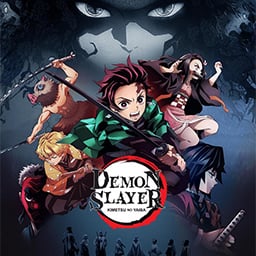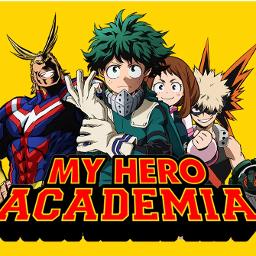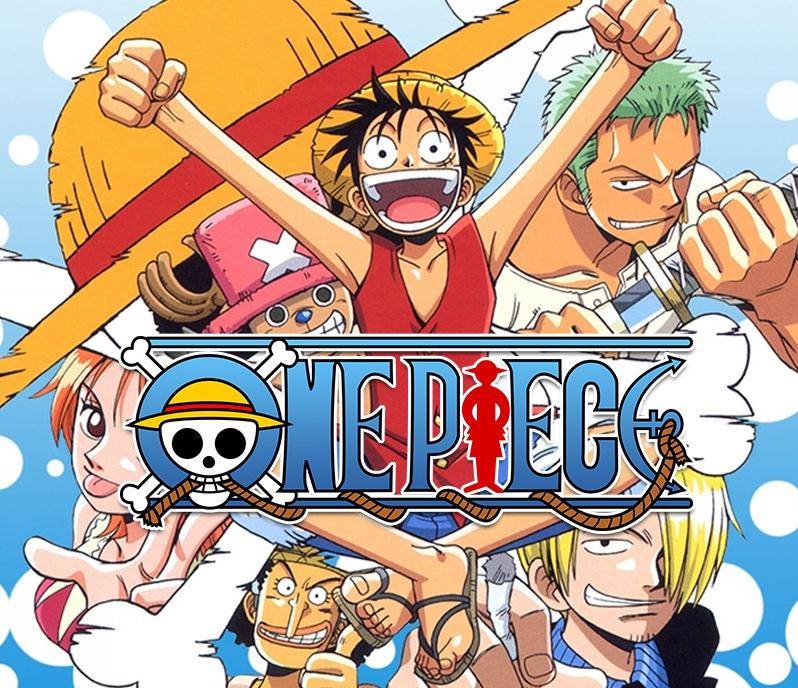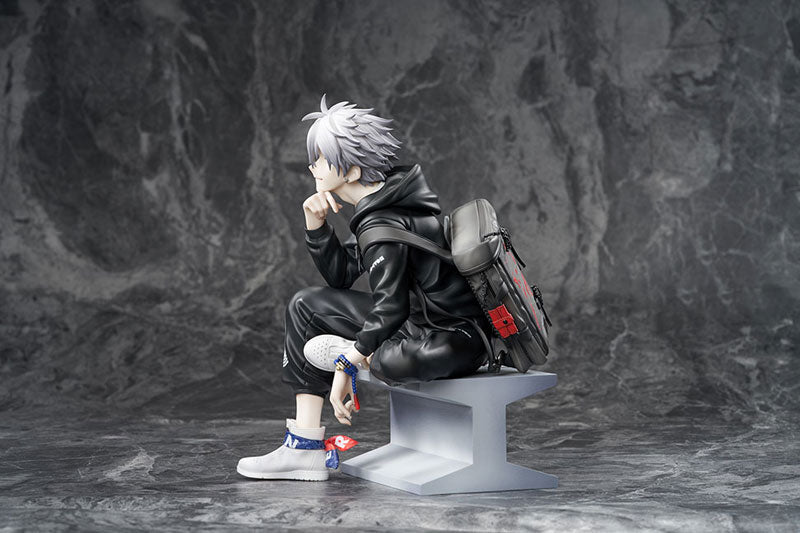Trading Card Game - Final Fantasy
Two different versions of a Final Fantasy trading card game were developed by Square Enix and Hobby Japan that feature several popular Final Fantasy characters. The first edition of the card game was released exclusively in Japan in 2012 and was called the "Chapters" series. The next one, called the "Opus" series, was released worldwide in 2016.
Final Fantasy card games have developed worldwide popularity, and a worldwide tournament circuit has even been established. The game requires each player to use a deck of exactly 50 cards containing a maximum of 3 copies of each given card. In order to play cards in this game, players must spend what are called "crystal points" (a reference to the many crystals found in Final Fantasy role-playing games). These crystal points are earned either by discarding cards or by flipping spare cards from a vertical position to a horizontal position, much like "tapping" a card in Magic the Gathering. As of September 2016, 2.5 million booster packs have been sold in Japan alone. As of July 2017, 5.5 million booster packs have been sold worldwide.
How to play
Players play cards using Crystal Points (CP), which are earned by turning over backup cards or discarding a card from the player's hand. Cards can be active (vertical) or "blunt" (horizontal). The object of the game is to inflict 7 points of damage to the opponent using Forwards—which can only attack opponents if they are considered active during the owner's Attack phase. The recipient of the attack is also able to block an attack as long as they have an active Forward. When Forwards fight, they inflict damage based on their Power. When a player takes damage, they take one card per point of damage from the top of their deck and place it face up in their Damage Zone. When a player has 7 cards in their Damage Zone, they lose the match.
To use a card or ability, a player must first announce their action and target and pay the necessary CP cost. Effects can be used and processed before resetting. Players can use "pass priority" and decide not to add any additional effects to the stack. When both players use pass priority, the stack resolves from top to bottom. After that, players can choose to add effects again and repeat the process until both players use pass priority on an empty stack. Each turn has six basic phases: the active phase, the draw phase, main phase 1, the attack phase, main phase 2, and the end phase. Summon actions and character special abilities can be added to the stack whenever the owner has the opportunity.
How to win
This card game has a variety of rules that must be followed correctly to ensure fair play, and each game is played until a losing condition is met. The first and most common losing condition is when a player has seven cards in their "damage zone." When a player takes damage, they must place a card in their damage zone equal to the number of damage points they receive. Once seven cards are placed in a player's damage zone, that player is declared the loser. Another losing condition occurs when a player has no more cards to draw from their deck. The third and most specific losing condition occurs when a player with an empty deck takes any damage, even if they have fewer than six cards in their damage zone.
Card Features
On each card, the card's name is written in boxes across the top. Each player can only have one character with that card's name on their side of the field at a time, the only exception being if the card has a "multi-unit" icon in its upper right corner. In addition to the multi-unit symbol, a card can have an EX icon that indicates the card's first ability (if it's a Character card) or the entire effect (for Summon cards) that can take effect when the card is placed in the Damage Zone. A card's ID is written underneath, and any deck can have up to three cards with the same ID.
- Cost - Number shown in the upper left corner. This tells the player how many CP (crystal points) are required to use the card.
- Element - It is referred to in different ways, but is easily identified by looking at the color of the crystal in the upper left corner. This system is similar to the colored mana system in Magic the Gathering.
- Type - Denoted in the text and by the shape of the box on the left side of the card. There are four types: Forward, Backup, Monster, and Summon, all with special characteristics.
- Job - Written in the center of the card.
- Category - Written on the right side of the card. The "Job" and "Category" sections indicate a card's archetype and the skills it might have.
- Text - The text on each card describes the character's abilities or summoning effects. There are four types of abilities: Action, Auto, Special, and Field. Some effects that have a keyword are usually Field abilities. Common examples are Haste, Phase, Courage, First Strike, Backstab, and Freeze.
- Power - Power is a statistic that is only printed on Forwards and any monsters treated as a Forward. It is shown in the lower right corner of the card and is not related to the damage the card takes. A card can only take damage when attacking, defending, or as the result of an effect. However, its power can only be increased or decreased by an effect.








